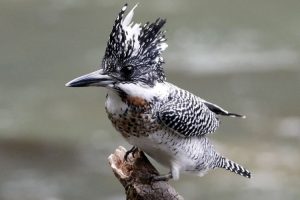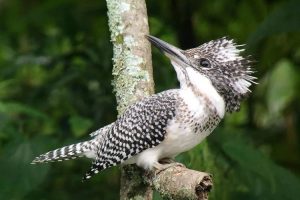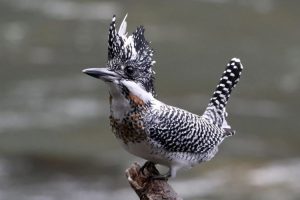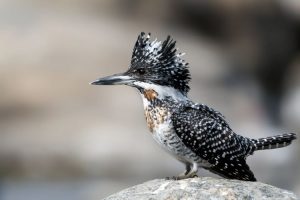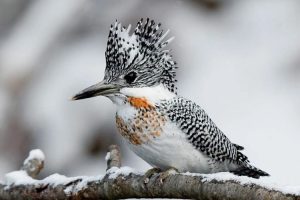Unveiling the Majestic Splendor: The Crested Kingfisher’s Unique Beauty
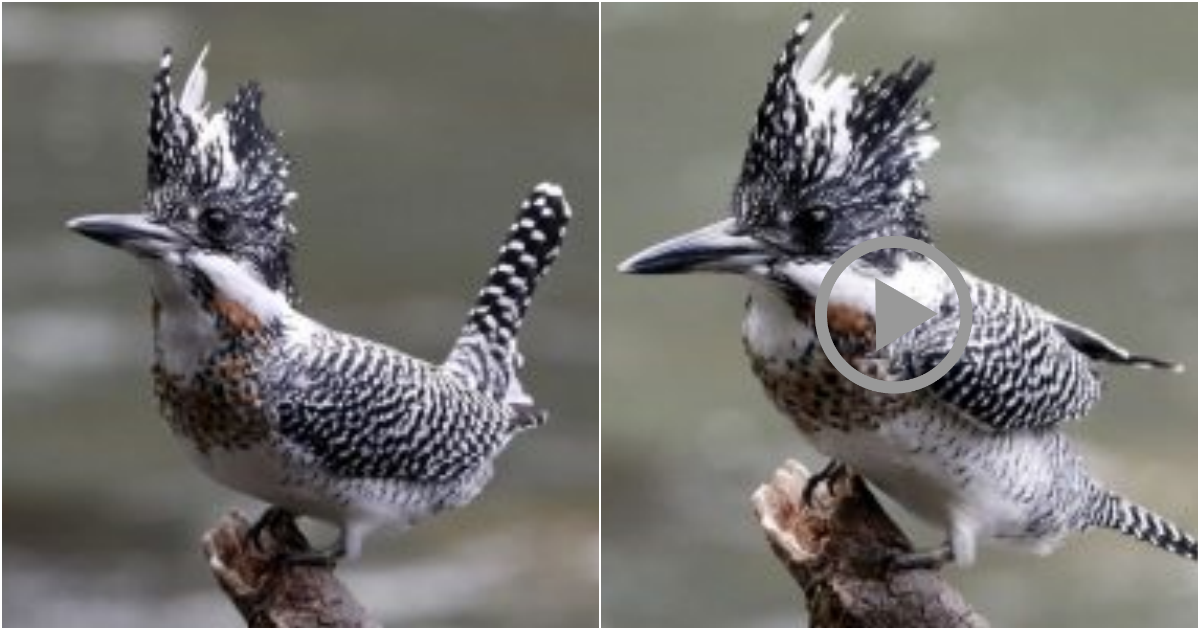
That was a lovely description of the Crested Kingfisher! Indeed, the Crested Kingfisher is a fascinating bird with its distinctive appearance and impressive hunting skills. Here are some additional facts about this remarkable species:
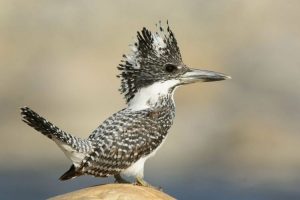
- Distribution: The Crested Kingfisher is native to East Asia, specifically found in countries such as China, Japan, Korea, and Russia. It prefers habitats near fast-flowing rivers and streams with forested surroundings.
- Diet: As the name suggests, the Crested Kingfisher primarily feeds on fish. It perches on a branch or rock near the water and waits patiently for its prey. Once it spots a fish, it dives swiftly into the water, grabs the fish with its sharp beak, and returns to its perch to eat it. Apart from fish, it may also consume other small aquatic animals like frogs, insects, and crustaceans.
- Breeding: Crested Kingfishers are monogamous and usually breed from April to May. The male initiates courtship by presenting fish to the female. Once a pair is formed, they excavate a nesting burrow in a sandy riverbank or hillside. The female lays a clutch of 4-6 eggs, which both parents take turns incubating. After about three weeks, the eggs hatch, and the parents work together to feed and care for the chicks until they fledge.
- Conservation status: The Crested Kingfisher is listed as a species of Least Concern on the IUCN Red List. However, habitat loss, water pollution, and disturbance near nesting sites can pose threats to their populations. Conservation efforts, such as protecting riparian habitats and raising awareness about the importance of clean waterways, are essential to ensure the survival of this beautiful bird.
- Cultural significance: In some Asian cultures, the Crested Kingfisher is considered a symbol of prosperity and good fortune. Its vibrant colors and regal appearance have made it a subject of admiration and inspiration in art, literature, and folklore.
By exploring and appreciating the unique beauty of the Crested Kingfisher, we gain a deeper understanding of the wonders of nature and the importance of conserving such remarkable species.
